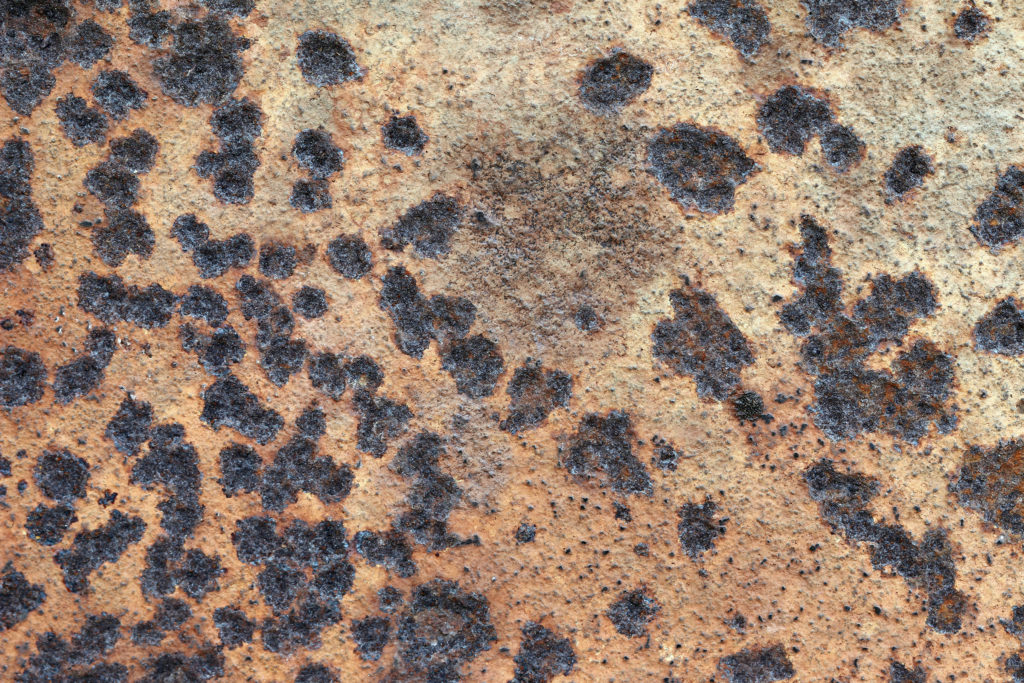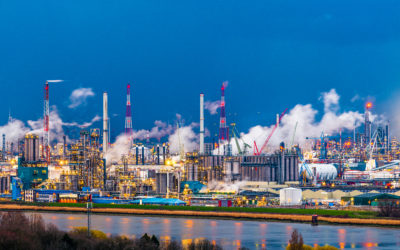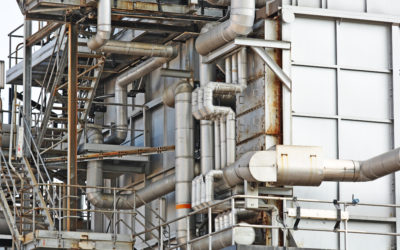Mitigating Pitting Corrosion in Heat Exchangers
Pitting corrosion is a serious issue in heat exchangers, where metals protected by films or coatings can degrade when the protective layer is compromised. This localized form of corrosion initiates pits in the surface, which can grow and lead to perforations, causing significant damage to heat exchangers. If left untreated, pitting can severely impact the equipment’s performance, safety, and lifespan.
Understanding Pitting Corrosion
Pitting corrosion occurs when a protective film breaks down, often due to mechanical defects or exposure to aggressive environmental factors like high chloride content, elevated temperatures, or low pH levels. Stainless steel, commonly used in heat exchanger construction, is especially susceptible to pitting in environments with high chloride levels. Metals like aluminum, nickel, and titanium can also experience similar issues when the protective surface is compromised.
For example, in a geothermal plant’s heat exchanger, middle tubes exposed to a mixture of condensing steam and brine developed deep pits due to the increased concentration of acid gases like CO2 and H2S in the condensing water. This localized high acidity accelerated the development of pits, which eventually perforated the heat exchanger tubes. Similarly, in plate heat exchangers, high chloride content in cooling water can cause the passive oxide film on stainless steel plates to break down, leading to severe pitting.
The Consequences of Pitting Corrosion
Pitting corrosion not only damages the physical structure of the heat exchanger but also reduces its thermal efficiency. When corrosion perforates the heat transfer surface, it can lead to product contamination, leaks, or even equipment failure. The result is higher maintenance costs, potential shutdowns, and compromised operational safety.
Addressing pitting corrosion effectively can prevent these costly disruptions and ensure the longevity of heat exchanger components.
Preventing Pitting Corrosion with Surface Treatments
One of the most effective ways to reduce pitting corrosion is by using advanced surface treatments like HeatX. HeatX provides a protective nanocomposite layer that enhances the durability of the metal surface, preventing pitting and other forms of localized corrosion. By creating a robust barrier, HeatX minimizes the risk of mechanical defects that initiate pitting, ensuring a longer-lasting protective surface.
HeatX’s ability to prevent pitting corrosion also contributes to better heat exchanger performance. With fewer defects in the surface, heat transfer efficiency is maintained, reducing the likelihood of leaks and equipment failures. In industries where downtime and equipment replacement can lead to significant losses, implementing a reliable surface treatment like HeatX can save both time and money in the long term.
Pitting corrosion is a major concern for heat exchangers in many industrial applications. The localized damage it causes can lead to perforations, leaks, and costly operational disruptions. By incorporating advanced surface treatments like HeatX, companies can mitigate the risk of pitting corrosion, extending the life of their equipment while maintaining optimal performance.
For industries looking to protect their heat exchangers from corrosion, HeatX is an effective and sustainable solution addressing the issue’s root. Learn more about HeatX with experts here.



